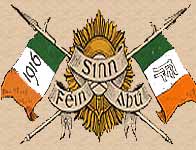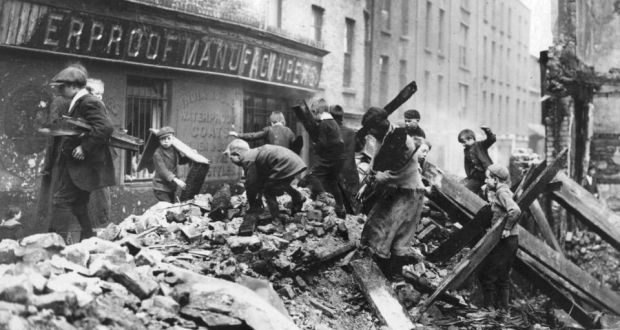Since the beginning of the 18th century, exactly in the year 1801 (the year in which the union was established), until the year 1912, the union between Ireland and Great Britain witnessed multiple periods of instability.
These periods of instability and unsolved Irish problems led to the eventual quest for the independence which Ireland wanted from the United Kingdom of Great Britain, and this is often referred to as The Irish Question.
The Irish Question, also known as the Irish Problem, is, as defined by the majority of historians, a phrase used to describe Irish nationalism and the calls for Irish independence (or Home Rule).
The reasons behind the Irish call for home rule are not recent. At the very beginning of the union, the Anglican Church was established as the Irish Church despite the fact that 88% of the Irish population was catholic; not only that, but Catholics were also forbidden from sitting in Parliament.
There were other reasons like the dominance of English over Gaelic, the spoken language, after the establishment of the National School which taught only in English.
The Irish famine played a major role in the disappearance of Gaelic, and, therefore, created a sense of bitterness against the English language and Great Britain in general.
Even with the existence of Irish Unionists – those who believed that the “break-up” with Britain would cause a huge loss of economic and political power for Ireland, Irish Nationalists succeeded in establishing Home Rule by the year 1921 as a result of the creation of the Sinn Fein 1905, the Irish Bill of 1912, and the Easter Rebellion (Easter Rising) 1916.
The Sinn Fein (Irish for “Ourselves Alone”) is, as defined by Britannica, a political party that was originally created in 1902 but only recognized as an official political party in 1905. It adopted a policy of passive resistance against Britain: refusal to pay taxes and creation of an independent local governing system.
By the year 1909, the Liberal and the Conservative Parties both got the exact same amount of seats in the Parliament which resulted in what is called a Hung Parliament. John Redmond, who was the leader of the Home Rule Party (a political party that rooted for self-government of Ireland within the United Kingdom of Great Britain in opposition of the radical Sinn Fein movement) at the time, was needed by both the Liberals and the Conservatives to form a government.
So he agreed on one condition: for the Home Rule Bill to be introduced. The Liberal party agreed to introduce the Third Home Rule Bill in 1912, but when it was being discussed in Parliament, it received a lot of opposition from the Conservative Party whose majority was Unionist.
During the two years in which the bill was being debated, an armed clash almost started multiple times between the Nationalists and the Unionists, and a civil war was on the verge of starting when World War I happened. The Third Home Rule Bill was postponed until after the war and Irishmen from both the Nationalists and the Unionists joined Britain in the war against Germany.
In 1916, while Britain was still at war, Easter Rising happened. Members of a secret organization called the Irish Republican Brotherhood (IRB) had been planning a rebellion against the British rule for a long time, and finally, on April 24th 1916, the leaders of the rebellion and a number of 1600 people stormed strategic buildings in Dublin and declared Ireland an independent republic.
The rebels had expected the public to join them in the resistance, but that did not happen. Soon enough, the British government attacked the rebellion and left 450 dead rebels and more than 2000 wounded people including civilians in one week.
So instead of gaining the support of the people, the rebels were despised by them because of the damage Easter Rising had caused. That did not last for long either. The British army did not stop at executing the leaders, but they went on imprisoning innocent civilians under mere suspicion.
This provoked a reaction of anger and bitterness against the British rule among the Irish public and built a heroic image of the rebels of Easter Rising in the eyes of the Irish.
In the election of 1918, Sinn Fein won the majority of the seats in Parliament because of the public view that changed after the Easter Rising – more people wanted an independent republic after that.
The Sinn Fein members then established their own Irish Parliament (in 1919) and this called for an armed conflict between the British government and the Irish Republican Army.
In 1921, the two sides ceased fire and signed a treaty in which Ireland became a self-governing nation of the Commonwealth. The six northern Unionist counties remained with the United Kingdom, and the Republic of Ireland as we know it today, fully independent, was officially announced in 1949.
Sources Consulted:
- The Irish Question by Alessia Amato, Stefano Demi, and Giulia Pterone
- britannica.com
- libraryireland.com
- wesleyjohnston.com
- history.com


